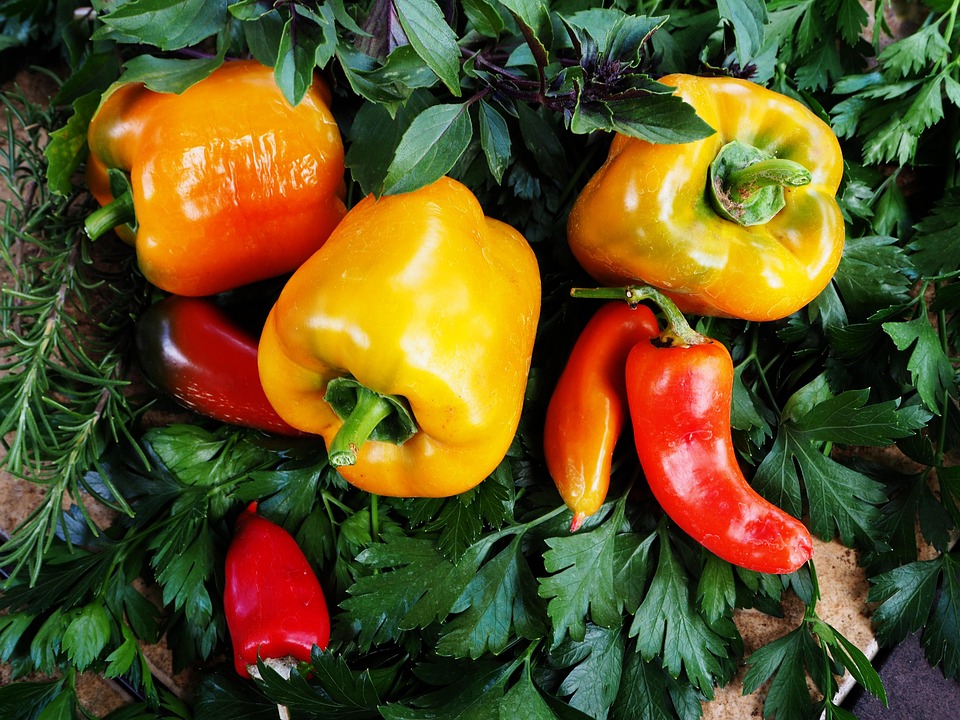# Regenerating the Earth: The Power of Sustainable Farming Solutions
Waking up to the sound of rustling leaves and chirping birds is a daily treat that never gets old. One sunny morning, as I stepped outside to tend to my garden, I was captivated by the vibrant colors of tomatoes, peppers, and an array of herbs basking in the morning light. Each plant, a testament to the synergy of man and nature, fueled my passion for sustainable farming. It struck me then: sustainable practices aren’t just a way of life; they’re a dedication to regenerating the Earth for future generations. In a world grappling with environmental challenges, sustainable farming stands as a beacon of hope, intertwining our lives with nature in harmonious balance.
## Understanding Sustainable Farming
Sustainable farming encompasses a broad range of practices designed to maintain the health of the land, promote biodiversity, and enhance the livelihoods of those who work close to the soil. Unlike conventional farming, which often relies heavily on chemical fertilizers and pesticides, sustainable farming works in concert with nature. By employing natural methods and prioritizing soil health, water conservation, and ecosystem balance, farmers can create a resilient system that thrives without depleting the soil or the planet.
### Key Principles of Sustainable Farming
1. **Soil Health**: The foundation of any farming practice, soil health is critical not only for plant growth but also for carbon sequestration, water retention, and biodiversity. Practices like composting, crop rotation, and cover cropping enrich the soil and enhance its ecosystem.
2. **Crop Diversity**: Introducing a variety of crops not only reduces pest and disease pressures but also improves resilience. Diverse plantings create a balanced ecosystem, which can better withstand climate extremes and changes.
3. **Water Management**: Efficient water usage is essential, especially in drought-prone areas. Techniques like rainwater harvesting, drip irrigation, and mulching help conserve water and minimize waste.
4. **Natural Pest Management**: Rather than relying on synthetic pesticides, sustainable methods employ beneficial insects, crop rotation, and natural repellents to manage pests. This approach not only protects the environment but also preserves the health of pollinators.
5. **Local Focus**: Supporting local economies by selling and sourcing produce locally not only reduces the carbon footprint but also fosters community resilience. When local farms thrive, the entire community benefits.
## Innovative Sustainable Farming Solutions
1. **Permaculture**: This design philosophy mimics natural ecosystems to create resilient agricultural environments. By integrating plants, animals, and even structures, permaculture produces food in a way that enriches the ecosystem rather than degrades it.
2. **Agroforestry**: Combining agriculture and forestry, agroforestry allows crops and trees to coexist, enhancing biodiversity, improving soil structure, and increasing carbon capture. It helps create a microclimate that supports a diverse range of plant species.
3. **Vertical Farming**: Ideal for urban areas, vertical farming utilizes stackable layers of crops, maximizing space and reducing the need for land. With hydroponics and aeroponics—growing plants in nutrient-rich water or air systems—these farms can produce food year-round with minimal water usage.
4. **Regenerative Grazing**: This method involves managed grazing patterns that allow pastures to recover and regenerate. By rotating livestock, farmers can enhance soil health, sequester carbon, and improve animal welfare.
5. **Hydroponics and Aquaponics**: These soilless farming techniques use nutrient-rich water to grow plants, often in conjunction with fish farming (aquaponics). They drastically reduce water usage while allowing for efficient, year-round food production.
## The Role of Community in Sustainable Farming
As the saying goes, “It takes a village,” and this couldn’t be truer in the context of sustainable farming. Building a community dedicated to sustainable practices enhances food security and fosters resilience. Community-supported agriculture (CSA) programs connect local farmers directly with consumers, creating a bond and a shared commitment to sustainable practices.
### Benefits of Community Involvement
– **Resource Sharing**: Members can share tools, knowledge, and labor, reducing individual costs and creating a sense of camaraderie.
– **Education**: Workshops and events can educate community members on sustainable practices, promoting a broader culture of environmental responsibility.
– **Collective Purchasing**: Communities can band together to buy seeds, soil amendments, and other necessities at bulk prices, lowering costs for everyone involved.
## Pro Tips for Implementing Sustainable Farming Solutions
1. **Start Small**: If you’re new to sustainable farming, begin with a small garden. Focus on a few crops and gradually expand as you gain knowledge and confidence.
2. **Test Soil Health**: Conduct a soil test to understand its composition and nutrient levels. This information can guide your amendments and planting strategies.
3. **Rotate Crops**: Implementing crop rotation helps prevent soil depletion and manages pests naturally. Change the location of your crops every season to give the soil a break.
4. **Invite Pollinators**: Planting a variety of flowers alongside crops can attract pollinators, improving crop yields. Consider adding bee hotels or butterfly gardens to further enhance biodiversity.
5. **Create Mulched Paths**: Use organic mulch in walking paths to reduce weeds while retaining moisture in the soil. This not only looks appealing but also streamlines your maintenance routine.
6. **Document Your Progress**: Keeping records of what worked and what didn’t is invaluable. This can help refine your practices and make informed decisions for future planting seasons.
## The Future of Sustainable Farming
The pressing reality of climate change demands a shift in how we produce food. Sustainable farming solutions offer a potent pathway to regenerating the Earth, diminishing carbon footprints, and restoring ecosystems. As we embrace innovative practices that respect nature’s processes, we also celebrate the interconnectedness of our ecosystems.
Farming can thrive without exploiting the planet. The path forward lies in honoring traditional knowledge and embracing technological advancements that align with sustainable principles. By nurturing the land and its resources, we craft a legacy that doesn’t just sustain us today, but also provides for generations to come.
### Joining the Movement
Many grassroots organizations and initiatives are dedicated to promoting sustainable farming practices. Engaging with these movements can offer support, resources, and inspiration:
– **Farmers’ Markets**: By buying local produce, you not only support your community but also encourage farmers to adopt sustainable practices.
– **Workshops and Community Gardens**: Participate in educational events focusing on sustainable techniques. Community gardens allow for shared knowledge and create green spaces even in urban settings.
– **Volunteering**: Invest some time volunteering on local sustainable farms. Experience the methods firsthand, meet like-minded individuals, and contribute to your community.
In a world that often feels disconnected and overwhelmed by challenges, embracing sustainable farming solutions presents an opportunity—a chance to reconnect with the Earth, foster resilience, and regenerate the planet. So, grab your shovel, put on your gardening gloves, and join the movement of regeneration! The Earth—and future generations—will thank you.



